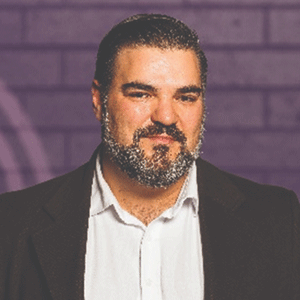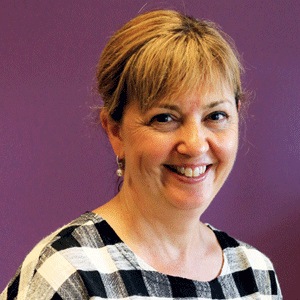THANK YOU FOR SUBSCRIBING

EdTech Revolution: Empowering Special Needs Students with Cutting-Edge Tools

Technology is revolutionizing education, enhancing inclusive learning environments for students with special needs, with advancements in speech-to-text applications, adaptive software, assistive devices, and AI.
FREMONT, CA: The educational landscape is profoundly transforming, with technology crucial in developing inclusive and effective learning environments. Educational technology (EdTech) tools are proving to be invaluable allies for students with special needs. These tools enhance independence, increase engagement, and facilitate academic success.
Speech-to-Text Applications: Facilitating Classroom Participation
Innovative speech-to-text applications are revolutionizing classroom participation for students with speech disabilities. These advanced tools convert spoken words into written text in real-time, enabling precise and confident self-expression. Notable applications include Dragon Anywhere (Android & iOS) and ClaroSpeak Plus (iOS). Dragon Anywhere is known for its high-accuracy dictation and seamless integration with various platforms. ClaroSpeak Plus is especially beneficial for students with dyslexia; it transcribes speech and reads text aloud with customizable voice and speed settings.
Adaptive Learning Software: Tailoring Education to Individual Needs
The era of "one-size-fits-all" education is ending, thanks to adaptive learning software that personalizes the educational experience. These programs adjust content and difficulty based on each student's strengths and weaknesses. Leading examples include IXL and DreamBox. IXL is a comprehensive platform featuring a vast library of interactive exercises that adapt to a student's mastery level across various subjects. DreamBox specializes in math education, employing adaptive algorithms and engaging games to create a personalized learning path toward proficiency.
Assistive Communication Devices: Bridging Communication Gaps
For students with severe communication challenges, assistive technology devices can be transformative. These tools offer alternative and augmentative communication (AAC) methods, enabling students to express themselves and interact with their environment. Essential devices include the Tobii Dynavox T12 and PRC Vanguard. The Tobii Dynavox T12 is a hands-free device that allows students to control a computer and communicate using eye movements. The PRC Vanguard is a speech-generating device that provides voice output communication, enabling students to use pre-recorded voices or text-to-speech functionality for verbal communication.
Support Resources for Educators and Parents
The true power of educational technology lies in its effective implementation. WCAST and the Council for Exceptional Children (CEC) are valuable resources for educators and parents. The WCAST website offers extensive information on Universal Design for Learning (UDL), a framework for creating inclusive learning environments. The CEC provides professional development resources and support for educators working with students with special needs.
The future of EdTech for special needs is prosperous, with promising opportunities. Artificial intelligence (AI) is set to revolutionize learning by personalizing content to cater to individual learning styles and cognitive strengths. Advancements in virtual reality (VR) and augmented reality (AR) are also anticipated, creating immersive and interactive learning experiences that address diverse educational needs.
Leveraging EdTech's capabilities and fostering collaboration among educators, parents, and technology providers can establish a truly inclusive learning environment. This will ensure that every student, regardless of their abilities, has the opportunity to flourish.
Weekly Brief
I agree We use cookies on this website to enhance your user experience. By clicking any link on this page you are giving your consent for us to set cookies. More info
Read Also













